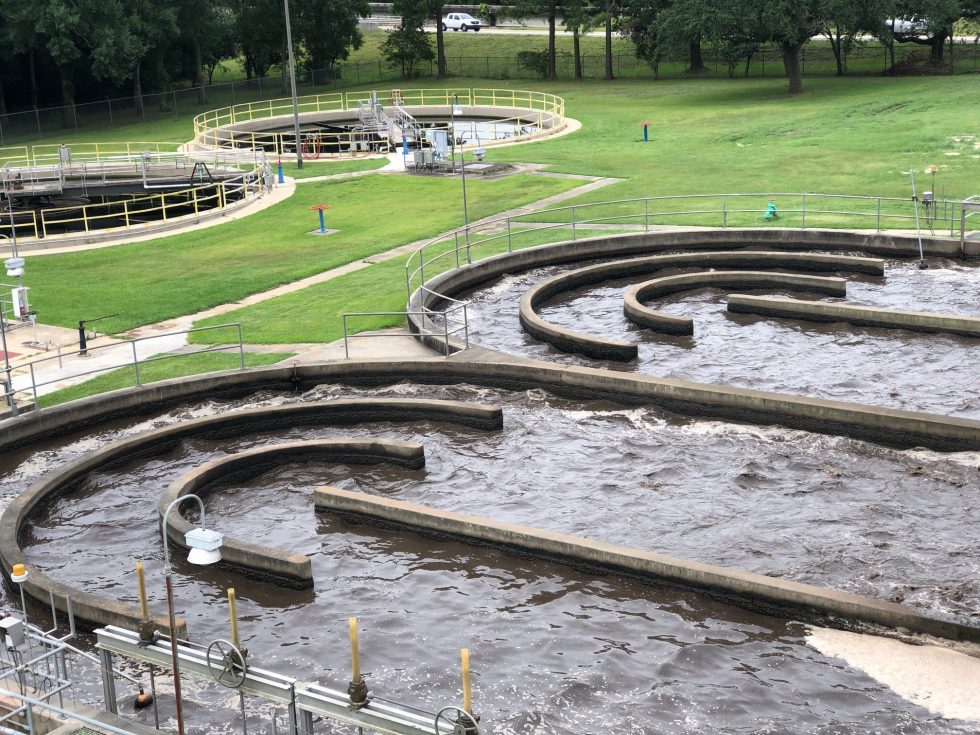California Coast Suffers: The Impact Of Toxic Algae Blooms On Marine Ecosystems

Table of Contents
The Science Behind Toxic Algae Blooms
What are HABs?
Harmful Algal Blooms (HABs) are rapid increases in the population of harmful algae in water. These algae, microscopic plants, can produce potent toxins that accumulate in the food web, impacting marine life and even human health. Several factors contribute to the proliferation of HABs, including nutrient runoff from agricultural fertilizers and urban development, warmer water temperatures due to climate change, and altered ocean currents. The combination of these factors creates ideal conditions for these blooms to flourish along the California coast.
Toxin Production and Mechanisms
HABs produce a variety of toxins, each with its unique mechanism of action. Some of the most significant toxins produced include:
- Domoic acid: A neurotoxin that causes amnesic shellfish poisoning (ASP) in humans and neurological damage in marine mammals like sea lions and whales.
- Brevetoxins: Neurotoxins that affect the nervous systems of fish, shellfish, and marine mammals, causing respiratory problems and even paralysis. These toxins can accumulate in shellfish, posing a significant risk to human consumers.
- Other toxins: Various other toxins produced by different HAB species impact the food web in different ways, affecting the health and survival of numerous marine organisms. The effects range from impaired reproduction to direct mortality.
Impact on Marine Wildlife
Effects on Fish Populations
Toxic algae blooms have a devastating impact on fish populations along the California coast. The toxins produced by HABs can directly kill fish or weaken them, making them more susceptible to disease and predation.
- Decreased fish stocks: HAB events have led to significant declines in commercially important fish populations, impacting the livelihoods of many fishing communities.
- Disruption of breeding cycles and migration patterns: Exposure to toxins can disrupt the reproductive success and migratory patterns of fish, further jeopardizing their long-term survival.
- Economic consequences for the fishing industry: The loss of fish stocks due to HABs translates directly to significant economic losses for the fishing industry and associated businesses.
Impact on Marine Mammals and Birds
Marine mammals and birds are particularly vulnerable to the effects of HABs. They often ingest contaminated prey, leading to severe health problems and even death.
- Neurological damage in marine mammals: Domoic acid poisoning can cause seizures, disorientation, and even death in marine mammals such as sea lions and whales. Mass strandings are often linked to HAB events.
- Respiratory issues in birds: Brevetoxins can cause respiratory problems and paralysis in seabirds, leading to stranding and mortality.
- Stranding events linked to HABs: Increased numbers of stranded marine mammals and birds are often observed following significant HAB occurrences, serving as a stark indicator of the toxins' devastating effects.
Effects on Shellfish and other Invertebrates
Shellfish, including clams, mussels, and oysters, are particularly susceptible to bioaccumulation of HAB toxins. This means that toxins accumulate in their tissues over time, reaching dangerously high concentrations.
- Bioaccumulation of toxins in shellfish: Shellfish filter feed, concentrating toxins from the surrounding water. This makes them a critical link in the transfer of toxins up the food chain.
- Public health risks associated with contaminated shellfish: Consumption of shellfish contaminated with HAB toxins can cause serious illness in humans, leading to shellfish bed closures and impacting the economy.
- Economic impact of shellfish bed closures: When shellfish beds are closed due to HABs, it leads to significant economic losses for shellfish harvesters and related industries.
Environmental and Economic Consequences of Toxic Algae Blooms on the California Coast
Economic Impacts
The economic consequences of HABs on the California coast are substantial and far-reaching. The impacts extend beyond the fishing industry to encompass tourism, recreation, and other coastal-dependent businesses. The costs associated with monitoring, mitigation, and responding to HAB events also represent a significant financial burden.
Environmental Impacts
The environmental impacts of HABs are profound and long-lasting. Beyond the direct mortality of marine life, HABs cause wider ecosystem disruptions.
- Loss of biodiversity: HABs can lead to significant reductions in species diversity, impacting the overall health and resilience of marine ecosystems.
- Changes to ecosystem dynamics: The cascading effects of HABs can alter the structure and function of marine ecosystems, potentially leading to unpredictable consequences.
- Potential for ecosystem collapse in severely affected areas: In extreme cases, prolonged and intense HAB events can cause irreversible damage, leading to the collapse of entire ecosystems.
Conclusion
Toxic algae blooms (HABs) pose a significant threat to the California coast's marine ecosystems, causing widespread mortality among marine wildlife and substantial economic losses. The impacts are far-reaching, affecting not only the fishing industry but also tourism and overall ecosystem health. Understanding the causes, consequences, and potential solutions is paramount to protecting the invaluable resources of our coastline.
Combatting the threat of toxic algae blooms requires a multi-pronged approach. We need to continue research to improve our understanding of HABs, enhance monitoring capabilities, and develop effective mitigation strategies. Individuals can also contribute by supporting sustainable fishing practices, reducing fertilizer use to minimize nutrient runoff, and advocating for policies that protect our coastal waters. Protecting our California Coast from HABs requires collaborative effort and a commitment to preserving the health of our marine environment. The urgent need for continued research and proactive measures to protect the California coast from the devastating effects of toxic algae blooms cannot be overstated.

Featured Posts
-
 Jon Jones Lingering Feud With Daniel Cormier A Former Contenders Perspective
May 30, 2025
Jon Jones Lingering Feud With Daniel Cormier A Former Contenders Perspective
May 30, 2025 -
 The Amber Heard Elon Musk Twins Separating Fact From Speculation
May 30, 2025
The Amber Heard Elon Musk Twins Separating Fact From Speculation
May 30, 2025 -
 Marine Le Pen Condamnee 5 Ans D Ineligibilite Et Les Reactions Politiques
May 30, 2025
Marine Le Pen Condamnee 5 Ans D Ineligibilite Et Les Reactions Politiques
May 30, 2025 -
 Deutsche Bank Head Of Distressed Sales Departs For Morgan Stanley
May 30, 2025
Deutsche Bank Head Of Distressed Sales Departs For Morgan Stanley
May 30, 2025 -
 Confirmation Of Measles In Sacramento County Wastewater Implications And Precautions
May 30, 2025
Confirmation Of Measles In Sacramento County Wastewater Implications And Precautions
May 30, 2025
